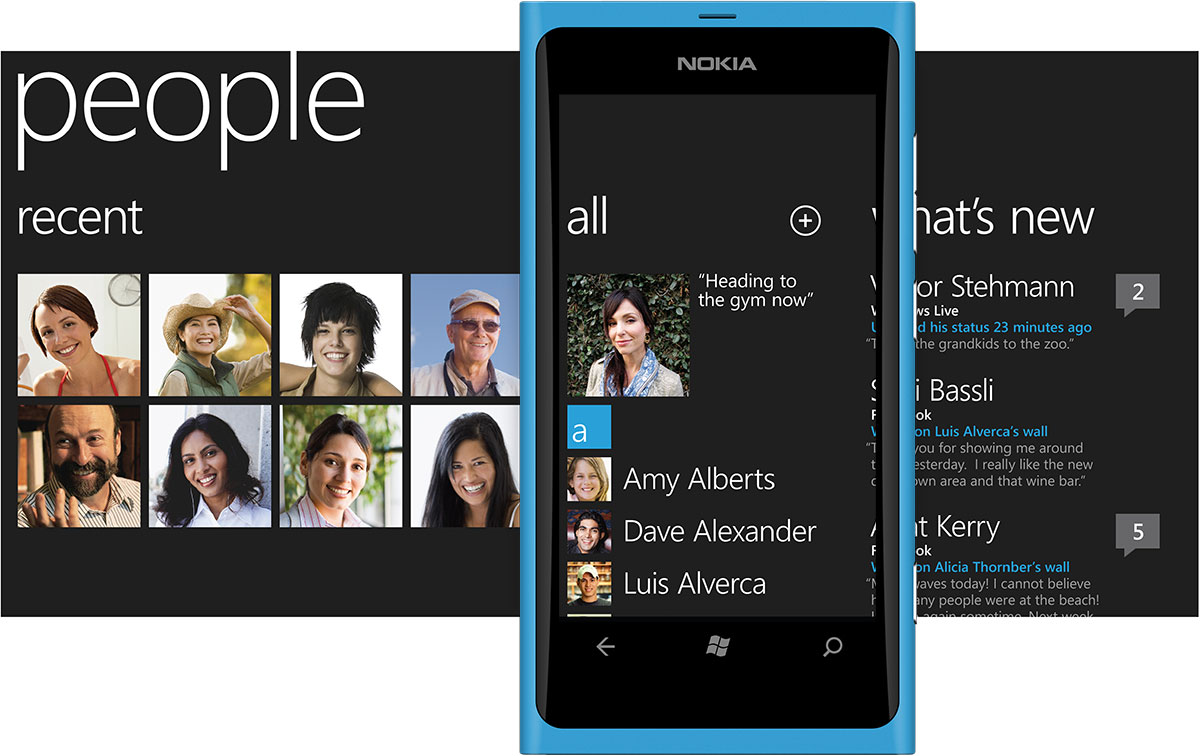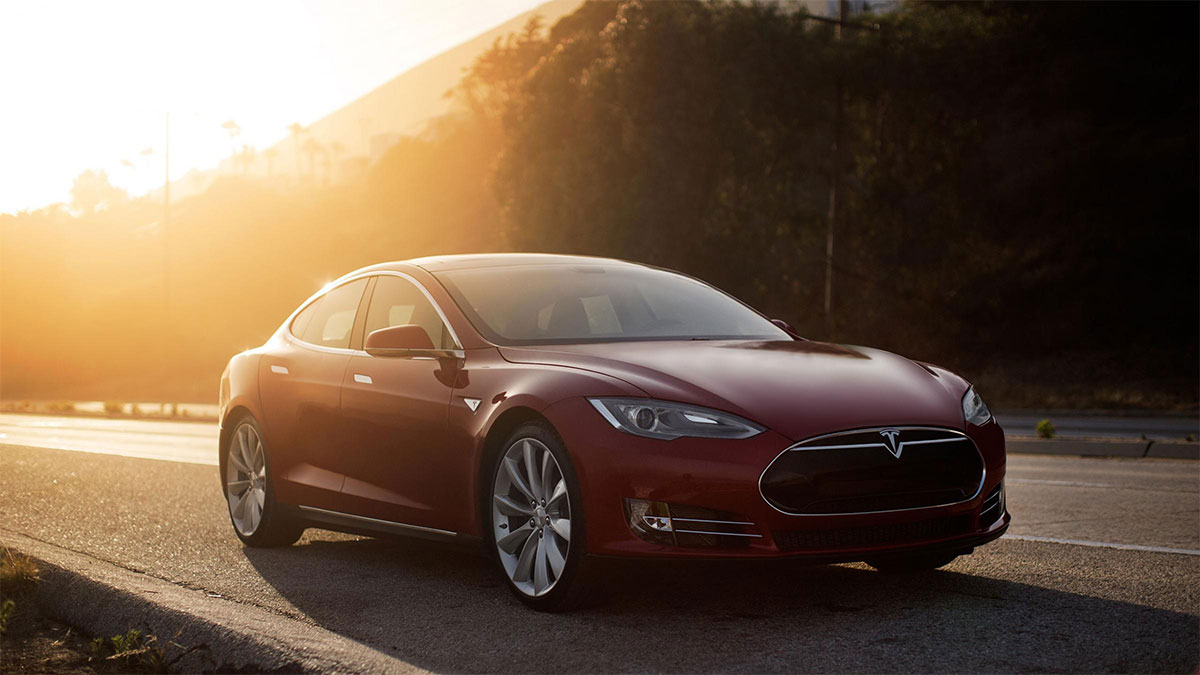Is anything today truly original? Of course, you may say, everything is! But think about that for a minute.
What do we mean when we say original? Something arising or proceeding independently of anything else; something not borrowed heavily from predecessors. If such concepts or ideas do exist, they probably end up as epic failures; and never reach the horizon of public consciousness.
It was back in 2012 that Kirby Ferguson first told a packed audience at TEDGlobal to Embrace The Remix. Nothing is original, he said; everything revolutionary is just skilfully borrowed or stolen, and then transformed. Picasso, Dylan, Jobs — they were influential minds, they were great innovators, and they did precisely that.
Ferguson has also created a four-part video series: Everything Is A Remix. It’s worth a watch, especially the extra about the original iPhone.
So are we to believe this as true? Is everything around us just a remix — an improvisation of something before? And how do such “innovative” ideas come about? Ferguson’s theory may sound like blasphemy, but he is indeed correct. Every memorable breakthrough or innovation in design and tech from the last two decades could be broadly categorized under one or more of the following.
1. A concept that crosses over from another industry or medium
The idea for Twitter — one of the most used digital products of our time — resulted from a brainstorming session at Odeo about an SMS service for small groups: a dispatch service that connects people on their phones using SMS text codes. What started initially as a sort of instant group messaging with SMS evolved into the public status update that ended up stealing Facebook’s thunder.
Within the context of interface design, one of the big leaps forward came with Microsoft’s type-centric, pure-digital design language (then called Metro); which made its debut on Windows Phone 7. It was heralded as “innovative” and a “breath of fresh air”, but the language itself was inspired heavily by both public transportation signage as well as Swiss graphic design principles established decades earlier.

Frank Chimero talks about artists and creators across diverse industries learning from each other in The Shape of Design:
The actor can learn from the painter about the emotive power of facial expressions. The painter from the designer, about the potential of juxtaposing images and words. And the designer from the poet, who can create warmth through the sparseness of a carefully chosen, well-placed word.
Be wary, though, of what you choose to use; because borrowing ideas or material from outside your industry might make you seem like an innovator, but doing the same within your own industry or medium might make you look like a follower or imitator:
The first successful implementation of a radical idea is usually and correctly lauded as the innovator. The second is derided as an imitator. But by the time you get to the third and fourth, the idea becomes a category.
2. Revolutionary aggregation or improvisation
Sometimes amazing things happen when the time is right, and all the factors necessary for a revolution come to a boil at critical moments in history.
Henry Ford did not invent the automobile. He didn’t even invent the assembly line. But more than any other single individual, he was responsible for transforming the automobile from an invention of unknown utility into an innovation that profoundly shaped the 20th century and continues to affect our lives today. He is also famous for downplaying his role in all of it:
I invented nothing new. I simply assembled the discoveries of other men behind whom were centuries of work. Progress happens when all the factors that make for it are ready, and then it is inevitable.
Maybe Elon Musk is the new Henry Ford. Tesla Motors has become a rage, and they deserve it. Their decade-long perseverance with Li-ion technology has even put auto giants like General Motors and Toyota to shame. It’s not that electric cars didn’t exist before the Model S, but Tesla produced something way ahead of its age.

Here’s another illustration that is closer to home. Mashable called 2013 the Year of Responsive Web Design. Ethan Marcotte coined the term in his article on A List Apart in May 2010. The underlying technologies and components — fluid grids, flexible images and CSS media queries — were already in use then, but no one had yet tied it all together. Browser support for media queries too was so-so. But when Marcotte expounded on the theory and practice of RWD in his book of the same name, Web design would never be the same again.
3. Significant reduction in size, cost or effort
Sometimes, things are perceived as revolutionary because of significant lowering of cost or size of the technology concerned. Ben Thompson explains this vividly in Apple and the Innovator’s Dilemma:
Within ten years the hard drive industry moved from the 14-inch drives that had been used in mainframes to 8-inch, then 5.25-inch, then 3.5-inch drives ••• Apple too rode a similar wave with the iPod, iPod Mini and iPod Nano; disrupting itself successively using changes in the exact same sort of media (storage) that felled market leader after market leader 30 years prior.
So we’ve hopefully established that it is very difficult to progress within design and technology without borrowing from predecessors. That being said, one important question remains.
How far can you go with a remix?
Where does one cross the line between remix and rip-off? How can we be fair to others and to ourselves? Are there any rules we can follow to successfully side-step the blank slate, yet avoid running over those who have paved the way before us?
Chimero delves a little into these issues in Chapter 3 of The Shape of Design, titled Improvisation and Limitations:
When we build, we take bits of others’ work and fuse them to our own choices to see if alchemy occurs. Some of those choices are informed by best practices and accrued wisdom; others are guided by the decisions of the work cited as inspiration; while a large number are shaped by the disposition and instincts of the work’s creator. These fresh contributions and transformations are the most crucial, because they continue the give-and-take of influence by adding new, diverse material to the pool to be used by others.

The problem is not everyone’s intentions are aligned with the intentions of the pioneer. Many choose to be selfish and take what they want without contributing anything. David Smith — while confessing frustration at the lack of an acceptable definition — gives his take on The Right Way to Copy:
Good copying learns from another’s innovation and then applies it in a novel way to a new context that doesn’t diminish the source invention.
The keywords there are novel way to a new context. This is why any self-respecting designer would find it difficult to defend, say; Samsung in its saga against Apple, or the many clones of hit games like Flappy Bird and Threes!
Good copying as a progressive, non-destructive metaphor can perhaps be visualized as lighting one candle with another candle. Jim Jarmusch; an indie film director, actor and producer; sums it up best:
Steal from anywhere that resonates with inspiration or fuels your imagination ••• Select only things to steal from that speak directly to your soul. If you do this, your work (and theft) will be authentic. Authenticity is invaluable; originality is non-existent. And don’t bother concealing your thievery. Celebrate it if you feel like it. In any case, always remember what Jean-Luc Godard said: “It’s not where you take things from, it’s where you take them to.”
Onward then! Let’s take things to the next level.